Introduction to Mobile Milking Systems
Mobile milking systems represent a transformative approach to dairy farm operations, offering flexibility and efficiency in the milking process. These systems are designed to cater to the dynamic needs of modern dairy farms, allowing for the milking of cattle in various locations without the need for permanent infrastructure.
Core Components and Functionality
At the heart of mobile milking units are several key components that ensure their functionality and reliability. The claw, a critical element, serves as a junction point, connecting the teat cups to the pulsator and milk tubes, facilitating the transfer of milk. Claws can be crafted from durable materials like stainless steel or high-grade plastics. The pulsator plays a pivotal role in regulating the milking process, preventing the accumulation of lymph and blood near the teats, while the milk and pulse tubes work in tandem to ensure proper air penetration and massage the teats, promoting healthy blood flow.
Considerations for Selection
When selecting a portable milking parlor, several factors should be taken into account. Hygiene is paramount; thus, systems that are easy to clean post-milking are essential. Durability is another crucial aspect, with systems needing to be constructed from materials that can withstand the rigors of daily use. Additionally, the availability of spare parts is important for maintenance and longevity of the system. Noise levels are also a consideration, as they can affect both the operator's comfort and the animals' well-being.
Applications and Versatility
The versatility of mobile milking systems lies in their wide range of applications. They are suitable for small to medium-sized herds where a permanent milking parlor is not feasible. These systems can also be used in pasture-based dairying or as a supplementary system for larger farms requiring additional milking capacity during peak times.
Materials and Construction
The construction of mobile milking systems involves materials that ensure sanitation and longevity. Stainless steel components are common due to their resistance to corrosion and ease of cleaning. Plastics used are typically food-grade to ensure milk safety. The design of these systems often focuses on ease of assembly and disassembly, facilitating their transport and cleaning.
Advantages of Mobile Milking Solutions
The adoption of a mobile milking unit offers numerous advantages, including operational flexibility, reduced infrastructure costs, and the ability to optimize labor. These systems can also lead to improved animal welfare, as they allow for milking in a familiar environment, reducing stress for the livestock.
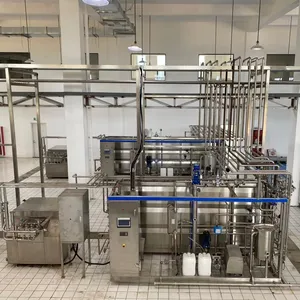


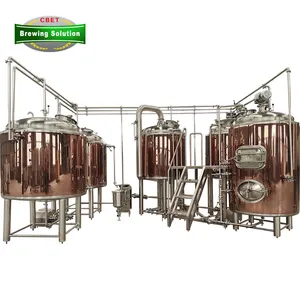



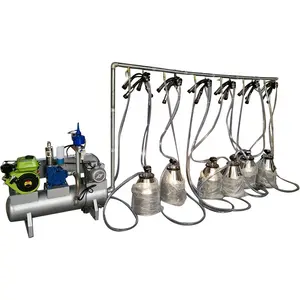



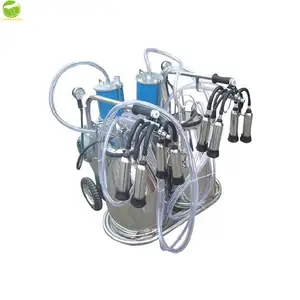

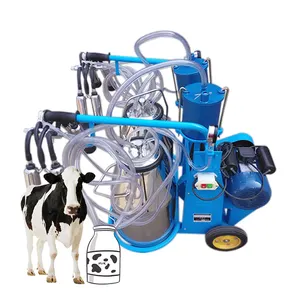
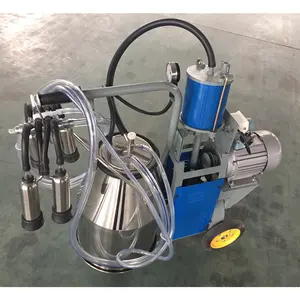
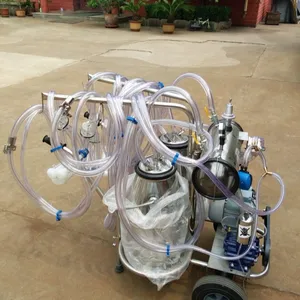
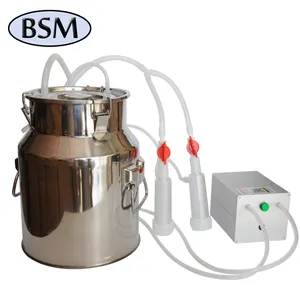









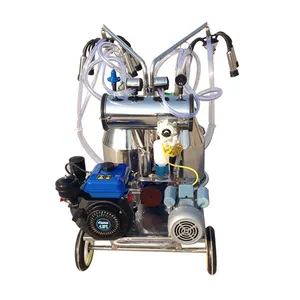


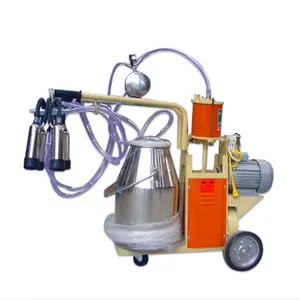











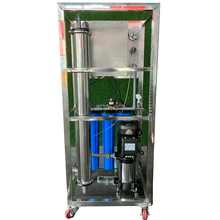

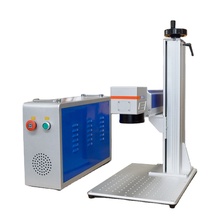

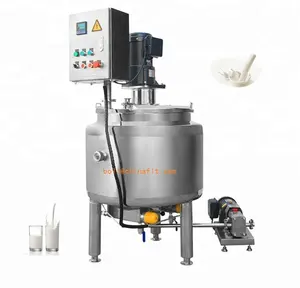



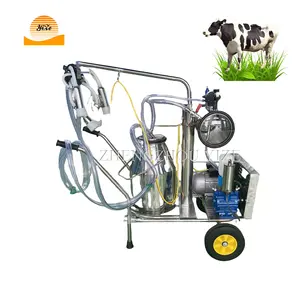
























 浙公网安备 33010002000092号
浙公网安备 33010002000092号 浙B2-20120091-4
浙B2-20120091-4